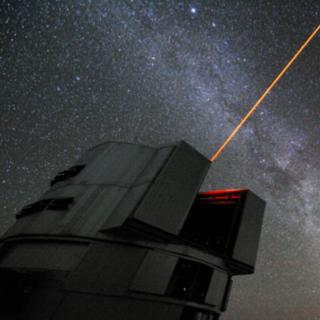Bibcode
Oria, P. -A.; Famaey, B.; Thomas, G. F.; Ibata, R.; Freundlich, J.; Posti, L.; Korsaga, M.; Monari, G.; Müller, O.; Libeskind, N. I.; Pawlowski, M. S.
Referencia bibliográfica
The Astrophysical Journal
Fecha de publicación:
12
2021
Revista
Número de citas
23
Número de citas referidas
20
Descripción
We explore the predictions of Milgromian gravity (MOND) in the local universe by considering the distribution of the "phantom" dark matter (PDM) that would source the MOND gravitational field in Newtonian gravity, allowing an easy comparison with the dark matter framework. For this, we specifically deal with the quasi-linear version of MOND (QUMOND). We compute the "stellar-to-(phantom)halo mass relation" (SHMR), a monotonically increasing power law resembling the SHMR observationally deduced from spiral galaxy rotation curves in the Newtonian context. We show that the gas-to-(phantom)halo mass relation is flat. We generate a map of the Local Volume in QUMOND, highlighting the important influence of distant galaxy clusters, in particular Virgo. This allows us to explore the scatter of the SHMR and the average density of PDM around galaxies in the Local Volume, ΩPDM ≍ 0.1, below the average cold dark matter density in a ΛCDM universe. We provide a model of the Milky Way in its external field in the MOND context, which we compare to an observational estimate of the escape velocity curve. Finally, we highlight the peculiar features related to the external field effect in the form of negative PDM density zones in the outskirts of each galaxy, and test a new analytic formula for computing galaxy rotation curves in the presence of an external field in QUMOND. While we show that the negative PDM density zones would be difficult to detect dynamically, we quantify the weak-lensing signal they could produce for lenses at z ~ 0.3.
Proyectos relacionados

Evolución Galáctica en el Grupo Local
La formación y evolución de galaxias es un problema fundamental en Astrofísica. Su estudio requiere “viajar atrás en el tiempo”, para lo cual hay dos enfoques complementarios. El mas extendido consiste en analizar las propiedades de las galaxias a diferentes distancias cosmológicas. Nuestro equipo se concentra en el otro enfoque, denominado
Emma
Fernández Alvar